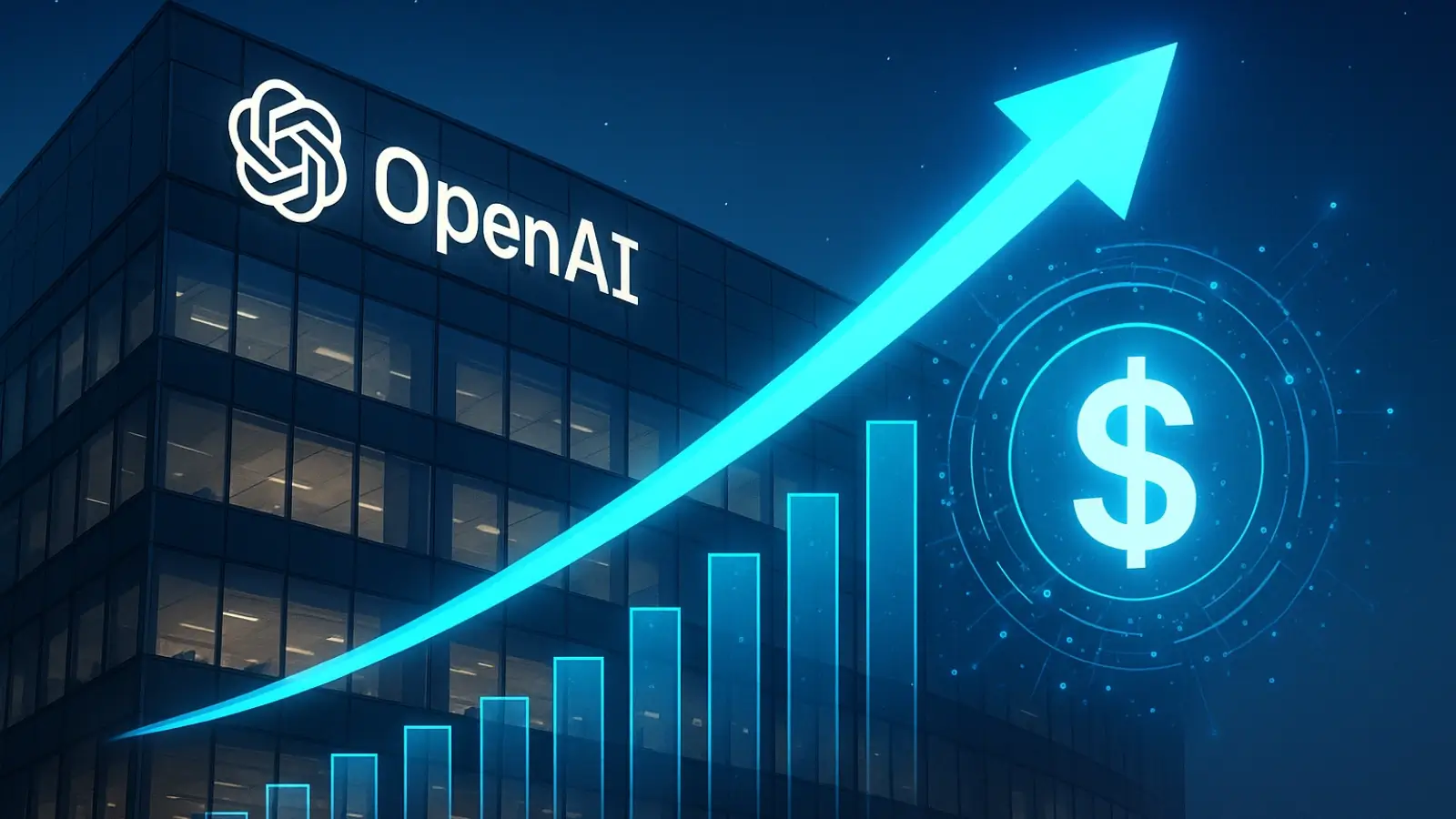


"How much of what you see in the stock market is truly valuable?" Even experienced investors may get overwhelmed by the noise in financial markets and make rash or poor choices as a result. It takes strategy to cut through this clutter, not just talent. Investors may concentrate on what really matters—clear, practical insights—by comprehending and using astute strategies. Market noise can cloud decision-making, but how can traders focus on meaningful signals? Tradynator provides access to specialists who help investors cut through distractions and refine their strategies.
A company's financial health is investigated via fundamental analysis, which looks at profits, revenue growth, and market position. Investors may learn about long-term value by evaluating income and balance sheets. For example, despite brief market swings, a tech business exhibiting steady revenue growth may indicate a potential investment.
Conversely, technical indicators concentrate on trade volumes and price changes. Finding trends and possible entry or exit opportunities is aided by tools like moving averages and the Relative Strength Index (RSI). Consider using the 50-day moving average of a company to identify rising momentum, which may help you make informed investing selections on time.
Technical Indicators track price movements and trading volumes. Tools like moving averages and the Relative Strength Index (RSI) help identify trends and entry or exit points; you might track a stock's 50-day moving average to spot upward momentum that guides timely investment decisions.
Balancing these approaches involves integrating both perspectives. Relying solely on fundamentals might overlook market sentiment, while exclusive use of technical may miss underlying business strengths. Combining both methods offers a comprehensive view, enhancing decision-making accuracy.
Algorithmic Trading employs computer programs to execute trades based on predefined criteria. These strategies can swiftly analyze vast amounts of data, identifying patterns that might elude human traders. For example, an algorithm might detect a specific price breakout, triggering an automatic purchase before the trend fully materializes.
Statistical arbitrage is a well-liked strategy that takes advantage of price inefficiencies between related assets. This technique aims to take advantage of the convergence of stock prices by simultaneously purchasing cheap stocks and selling expensive ones. To reduce hazards, this approach requires accurate timing and thorough data analysis.
High-Frequency Trading (HFT) is an additional method that uses lightning-fast data processing to make several transactions in milliseconds. HFT may profit from even the slightest price fluctuations, often holding positions for just a few seconds. Although profitable, this tactic may be quite competitive and requires sophisticated infrastructure.
Machine Learning Algorithms represent the cutting edge of algorithmic trading. These systems learn from historical data, continuously refining their models to improve accuracy. For instance, a machine learning model might predict future price movements based on past market behavior, enhancing signal detection capabilities.
Computer algorithms are used in algorithmic trading to conduct transactions according to preset parameters. These techniques may quickly analyse Large volumes of data, which can spot trends that human traders would miss. For instance, before the trend develops, an algorithm may identify a specific price breakout and initiate an automated buy.
Sentiment analysis software is a noteworthy instrument that analyzes market sentiment from unstructured data sources such as social media and news articles. Traders may better understand possible market changes by measuring investor sentiment and public opinion. For instance, favourable views about a business may arise before its stock price rises.
Data Visualization Platforms also play a critical role. These tools transform complex data into intuitive charts and graphs, making it easier to spot trends and anomalies. Visual representations can highlight correlations and patterns that might be obscured in raw data, facilitating quicker and more informed decisions.
Cloud Computing has further enhanced noise filtration by providing scalable resources for data storage and processing. Traders can access powerful computing capabilities without significant upfront investments, enabling real-time analysis of live market data. This accessibility ensures that even smaller investors can leverage advanced technologies.
Creating a Personalized Noise Filtration System involves tailoring tools and strategies to match individual trading styles and preferences. Start by identifying specific investment goals—whether aiming for short-term gains or long-term growth—this clarity guides the selection of appropriate filtration methods.
Begin with Data Selection, choosing sources that align with your trading objectives. For instance, if focusing on tech stocks, prioritize data from technology sector reports and relevant news outlets. This targeted approach minimizes information overload and ensures relevance.
Next, implement Custom Indicators that reflect personal trading strategies. Instead of relying solely on standard moving averages, consider incorporating unique metrics that resonate with your investment philosophy. This customization enhances the system's effectiveness in filtering out irrelevant noise.
Automation is another key component. Utilize software that can automatically apply your chosen indicators and execute trades based on predefined criteria. Automation not only saves time but also ensures consistency in applying your filtration rules, reducing the influence of emotional decision-making.
The stock market is a battlefield of information, but not all data deserves attention. Mastering noise filtration isn’t just a tool—it’s an essential weapon for confident and informed investing. By combining technology, strategy, and personalized systems, you can navigate the markets with clarity and precision. Remember, success often lies in what you choose to ignore. Are you ready to focus on what truly matters?